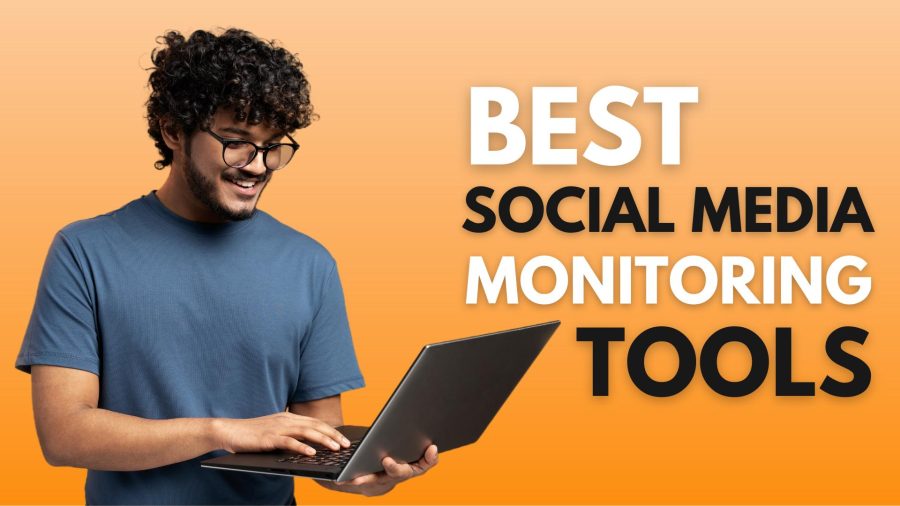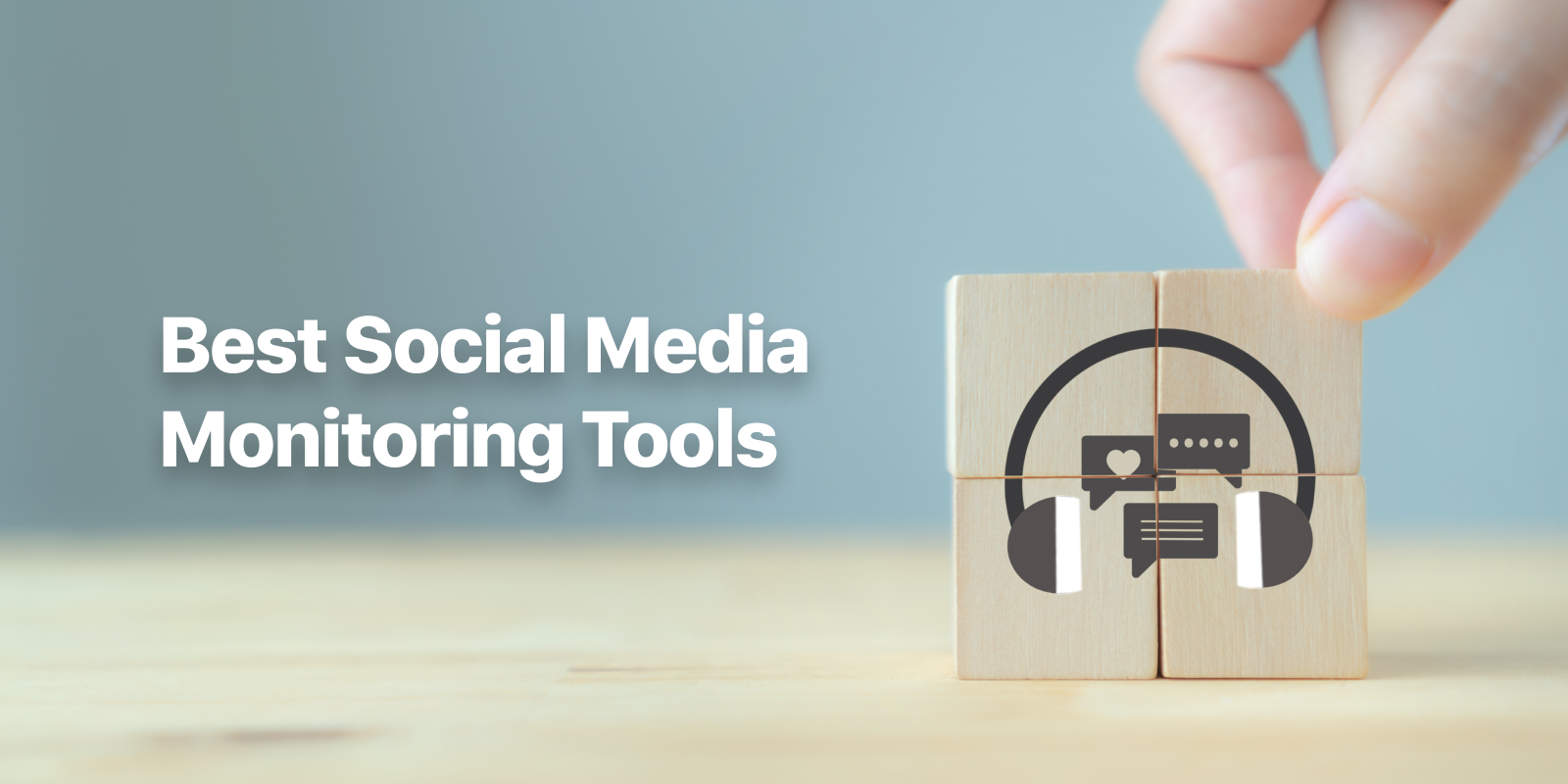In today’s digital age, keeping an eye on your brand’s online presence is crucial. With the rapid growth of social media, staying updated with what people are saying about your brand, products, or services is more important than ever. This is where social monitoring tools come into play. But what if you’re on a budget? Don’t worry; there are plenty of free social monitoring tools available that can help you stay in the loop without breaking the bank.
Top Free Social Monitoring Tools

1. AIM Insights
Features
AIM Insights is a popular social media management tool that offers robust social monitoring capabilities. You can track mentions, keywords, and hashtags across various social media platforms.
Pros
Pros:
- User-friendly interface
- Supports multiple social networks
- Comprehensive analytics
2. TweetDeck
Features
TweetDeck, owned by Twitter, is a powerful tool for monitoring Twitter activity. It allows you to create custom timelines, track hashtags, and manage multiple accounts.
Pros
Pros:
- Highly customizable
- Real-time tracking
- Easy to use
3. Buffer
Features
Buffer is known for its scheduling capabilities, but it also offers social monitoring features. You can monitor engagement, track keywords, and analyze performance.
Pros
Pros:
- Simple and intuitive interface
- Good for small businesses and individuals
- Integrates with multiple social networks
4. Google Alerts
Features
Google Alerts is a simple yet effective tool for monitoring web mentions. You can set up alerts for specific keywords and receive notifications via email.
Pros
Pros:
- Easy to set up and use
- Free and unlimited alerts
- Covers the entire web
5. Social Mention
Features
Social Mention is a real-time social media search and analysis tool. It aggregates user-generated content from across the web into a single stream of information.
Pros
Pros:
- Real-time monitoring
- Measures sentiment, strength, passion, and reach
- Supports multiple languages
6. IFTTT
Features
IFTTT (If This Then That) allows you to create custom automations between different apps and services. You can set up triggers to monitor specific keywords or hashtags.
Pros
Pros:
- Highly customizable
- Integrates with a wide range of services
- Automates repetitive tasks
What is Social Monitoring?
1. Definition and Purpose
Social monitoring, also known as social listening, is the process of tracking social media platforms for mentions of your brand, competitors, or related keywords. It helps you understand what people are saying about you and how they feel about your brand. This information is invaluable for maintaining a positive online reputation and making informed business decisions.
2. Benefits of Social Monitoring
Social monitoring offers numerous benefits, including:
- Reputation Management: Quickly address any negative mentions or reviews.
- Customer Engagement: Respond to customers promptly, showing that you value their feedback.
- Market Insights: Gain insights into industry trends and customer preferences.
- Competitor Analysis: Keep tabs on what your competitors are doing.
How to Choose the Right Social Monitoring Tool
1. Consider Your Needs
Start by identifying what you need from a social monitoring tool. Are you focusing on a specific platform, or do you need to monitor multiple networks?
2. Compare Features
Look at the features each tool offers and see how they align with your needs. Some tools are better for real-time monitoring, while others excel in analytics.
3. Evaluate Ease of Use
Choose a tool that you find intuitive and easy to navigate. A complicated tool can waste more time than it saves.
4. Check Integration Options
Ensure that the tool integrates well with the other software you use, such as CRM systems, email marketing tools, or other social media management platforms.
Setting Up Your Social Monitoring Tool
1. Initial Setup Steps
- Sign Up: Create an account with the tool of your choice.
- Connect Accounts: Link your social media accounts to the tool.
- Set Keywords: Define the keywords, hashtags, and handles you want to monitor.
2. Customizing Alerts
Adjust the alert settings to ensure you receive notifications for the most relevant mentions. You can typically set preferences for frequency and channels.
3. Integrating with Other Tools
Integrate your social monitoring tool with other apps to streamline your workflow. For example, you can connect it to Slack for team notifications or to Google Sheets for data analysis.
Maximizing the Benefits of Social Monitoring
1. Regularly Reviewing Alerts
Check your alerts frequently to stay updated. This helps you respond promptly to any mentions and keeps you informed about trends.
2. Engaging with Your Audience
Use the information from your monitoring tool to engage with your audience. Reply to comments, thank users for positive mentions, and address any concerns.
3. Analyzing Social Media Trends
Look for patterns in the data you collect. Are there recurring topics or sentiments? Use these insights to inform your marketing strategy.
4. Adjusting Your Strategy Based on Insights
Regularly review the data and adjust your social media strategy accordingly. If you notice a rise in negative mentions, investigate the cause and take corrective action.
Case Studies of Successful Social Monitoring
1. Small Business Example
A local bakery used AIM Insights to monitor customer feedback. They noticed frequent mentions of their gluten-free options and decided to expand that menu, leading to a 20% increase in sales.
2. Non-Profit Organization Example
A non-profit used Google Alerts to track mentions of their campaigns. By quickly responding to both positive and negative feedback, they improved their public image and increased donations.
3. Personal Brand Example
An influencer used TweetDeck to monitor conversations around their brand. By engaging with followers and addressing concerns in real-time, they grew their follower count by 30%.
Conclusion
Free social monitoring tools are a fantastic resource for anyone looking to stay on top of their online presence. Whether you’re a small business, a non-profit, or an individual, these tools can help you understand your audience, manage your reputation, and make data-driven decisions. Start with one of the tools mentioned in this article, and you’ll be well on your way to mastering social media monitoring.
Ready to take your social monitoring to the next level? Request a demo from AIM Technologies and see how our advanced tools can enhance your social media strategy.
FAQs
What is the best free social monitoring tool?
- The best tool depends on your specific needs. Hootsuite and TweetDeck are great for comprehensive social media monitoring, while Google Alerts is excellent for web mentions.
Can free social monitoring tools replace paid ones?
- Free tools can be very effective, but they often come with limitations. For more advanced features and analytics, you might need to consider a paid option.
How often should I check my social monitoring alerts?
- It’s best to check your alerts daily to stay updated and respond promptly to any mentions.
What should I do if I find negative mentions?
- Address negative mentions quickly and professionally. Apologize if necessary and offer solutions to resolve the issue.
Are there any limitations to using free social monitoring tools?
- Yes, free tools often have limited features and may not provide the same depth of analysis as paid tools. However, they are still valuable for basic monitoring and engagement.




